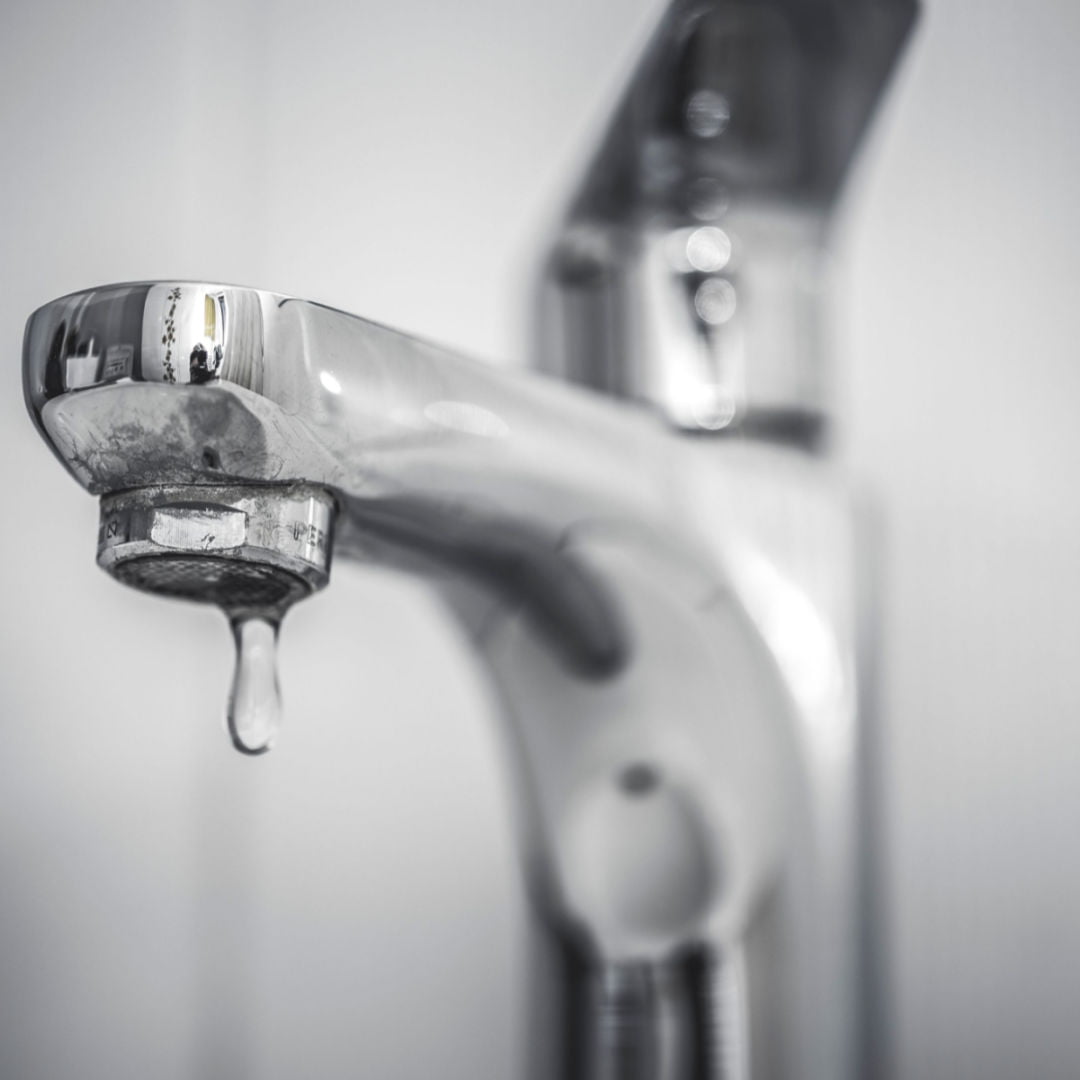How Does Your City Treat Its Drinking Water?
When you’re thirsty, you most likely fill a glass from a tap and don’t think twice about where it comes from or if it’s safe to drink. Drinking water in the United States is among the safest in the world, but our drinking water can still become contaminated by waterborne bacteria such as E. Coli or Hepatitis A. So why are most of us not getting sick from our drinking water?
In the US, rivers, lakes, and groundwater provide the source for our drinking water supplies, with the water flowing from intake points into a treatment plant and then to our houses. City water treatment is a crucial part of why we have safe, drinkable water in our homes. The water that comes out of your taps goes through a complex system of treatments to remove impurities, parasites, and bacteria before it arrives in your home as drinking water.
Optimum Water Solutions
If you are concerned about the safety of your city’s drinking water, Optimum can here help! Our bottleless water coolers employ a five-step filtration process to deliver the cleanest, safest drinking water. Our filtration methods remove toxins and other contaminants from your drinking water while also replenishing minerals and electrolytes. To find out more about our bottleless water coolers, visit our website today!
Why Do We Need Water Treatment?
In the US, drinking water comes from one of two sources: surface water, such as streams, lakes, and rivers; or groundwater and underground sources that collect rain that has seeped through cracks and pores. These sources can easily become contaminated and require appropriate treatment before being dispersed to our homes and offices.
Surface water is often contaminated by rainwater runoff that washes pesticides, nitrates, and trash into water sources as it trickles across roads and down hills. Groundwater usually becomes contaminated when the water that trickles through rocks picks up heavy metals such as arsenic. Because of these methods of contamination, the Environmental Protection Agency has set legal limits for over 90 possible contaminants, meaning that drinking water has to meet these standards set by the EPA before it can be dispersed. City water treatment processes are responsible for ensuring that drinking water meets those standards.
Standard Treatment Methods
While specific water treatment methods vary from city to city depending on the drinking water source, there are four standard treatment steps that all drinking water undergoes regardless of city specifics. These steps are coagulation and flocculation, sedimentation, filtration, and disinfection. We are going to give it all to you, the dirty, ugly, and thee not so tasteful.
While all drinking water goes through these standard treatment steps, your city’s water may go through different levels of treatment depending on where it’s sourced from. For example, surface water requires a higher level of coagulation and sedimentation as it is more likely to contain dirt and other contaminants than naturally filtered groundwater. In coagulation and flocculation, chemicals are added to the water that bind with dirt and other waterborne compounds to form larger particles called floc.
During the second step – sedimentation – because the floc is so heavy and dense, it settles at the bottom of the water supply, forming a removable layer of sludge. The sludge is composed of debris, viruses, and bacteria – all the stuff that needs to be removed from the water before it’s safe to drink.
Next up is filtration, a solid-liquid separation process. Once the floc has been removed from the supply, the remaining water is passed through filters composed of gravel, sand, or charcoal to remove any remaining particles such as dust, parasites, or toxic chemicals.
The final water treatment stage is disinfection in which a disinfectant (usually chlorine) is added to the water supply to kill any parasites, viruses, or bacteria that may not have been removed during the previous three steps. Disinfection not only removes any remaining particles but also protects the water from picking up any germs as it travels through pipes to business and residential customers.
Optimum solves all your worries about the city water you may be using, try a 7-day free test of our bottleless water system for your business or office, and rest easy knowing the water is safe, clean, and pure. Clearly. Pure. Water.


